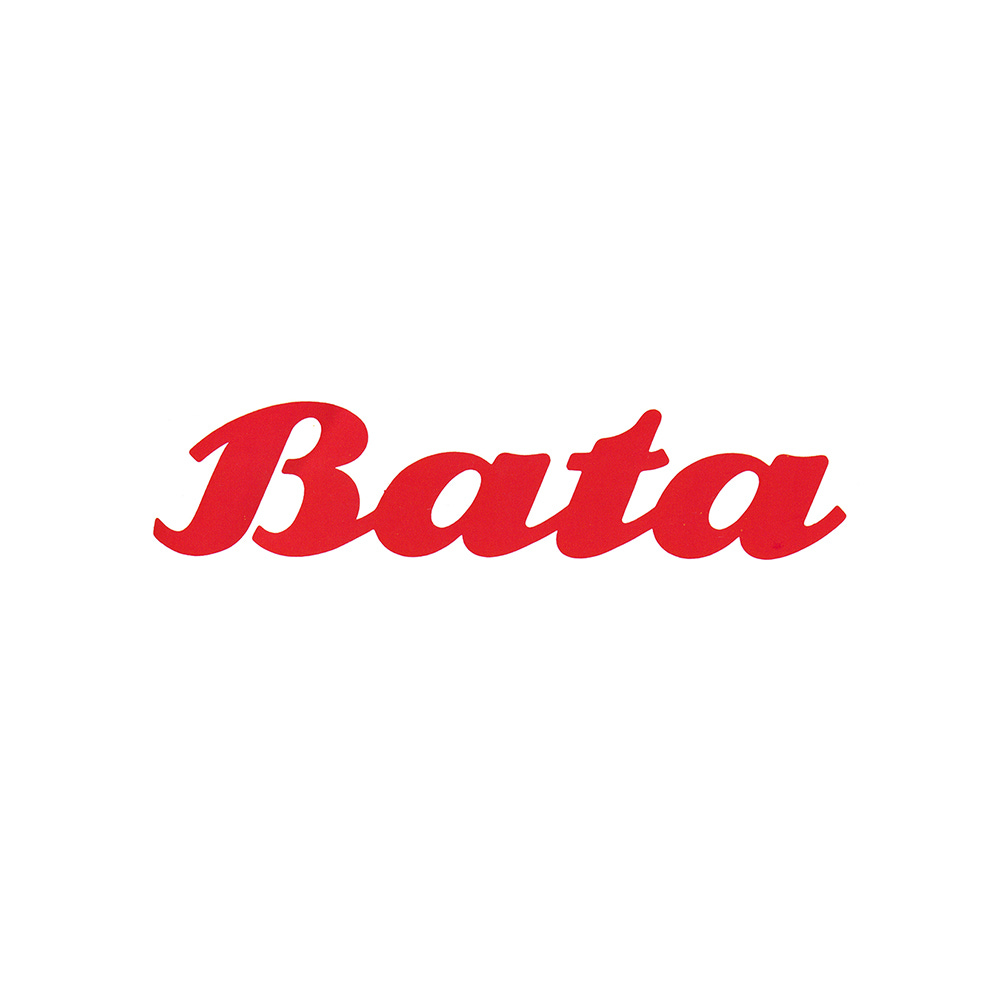Better with Bata
Design Research Unit's 1969 corporate identity for Bata.
This post is supported by LogoArchive – The home of historical logos. Discover over 5000 of history’s greatest designs from the world’s finest designers. Updated every single day. Always find the logo inspiration you need for your next logo or branding project. Start here.
Despite having its 1960s headquarters in the Canadian city of Toronto, the shoe manufacturer, distributer and retailer Bata was founded in Zlin, Czechoslovakia by Tomáš Baťa, a 9th generation shoemaker.
By 1969, 75 years after its founding, the Bata Shoe Organization was holding 98 Bata companies in 89 countries over seeing 90 factories, 5,000 stores and 90,000 employees. During this period of growth Bata maintained a strong focus on ‘producing and selling the best quality footwear at the most economical prices’. This had found it warmly welcomed in many countries.
Such growth and scale presented challenges around the brand’s image, the consistency of its application, flexibility within evolving retail spaces, and distinctiveness within a competitive industry.
Prior to 1969, the Bata visual identity was a wordmark. This had its origins in a version drawn in 1924 and then iterated on in 1928 and again in 1938. Bata worked with renowned British design company Design Research Unit (DRU) on a ‘Store Standardization Program’ which would include a review of its current wordmark and the development of a visual identity which intended to improve the recognition and impact of the brand on the high street, making it feel more upscale in European markets. The program also then extended to shop interiors.
Continue reading to see the update to the Bata wordmark. See how Design Research Unit improved its impact, and understand the goals that drove the standardisation program.



